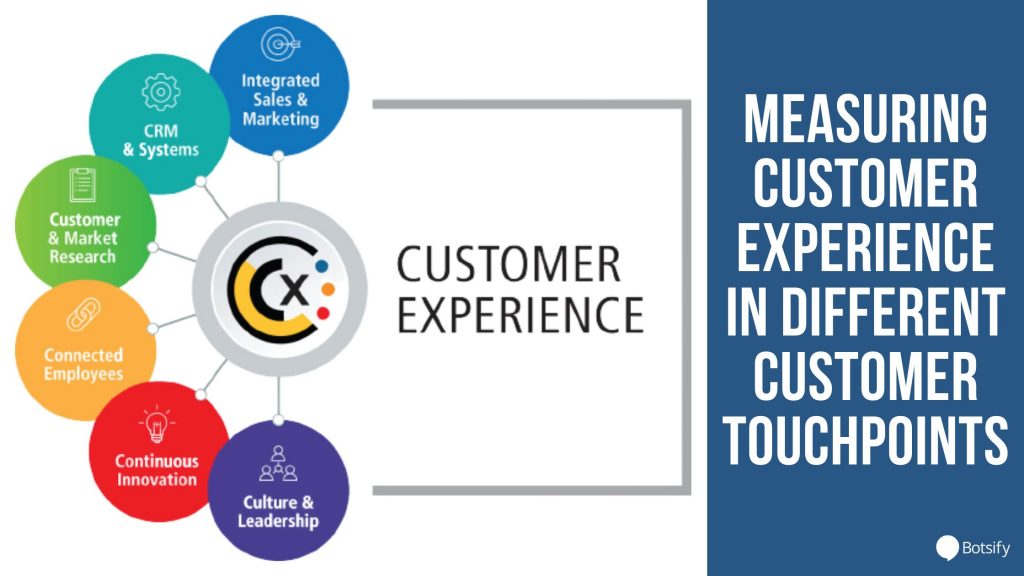The most challenging endeavor for every business is to become more consumer-oriented. Monitoring customer experience enables them to get to know their audience and establish an utterly devoted brand.
In modern business, measuring customer experience isn’t just a recommendation – it’s a requirement. It provides businesses with the tools to gather and examine data to understand customers and their demands better.
Customers seek information from different sources, mainly social media platforms, blogs, and online review boards, to help them make purchasing decisions. That results in several touchpoints – also referred to as crucial moments of interaction – between businesses and customers dispersed throughout various functions of the organization.
Consumer engagement is becoming everyone’s duty, and the number of customer touchpoints is growing. These elements have a significant impact on a customer’s level of engagement with your organization.
Defining Touchpoints
The different stages at which your company engages with clients from beginning to end are called ‘customer touchpoints.’
For example, someone noticed an internet advertisement for a new lipstick, went to the brand’s site for further information, read reviews on a few different forums, reached for your support representative for the address to a nearby shop, and purchased it.
Although the transaction was done in your retail location, the journey began online with an advert and continued through numerous platforms. This is why all of your customer touchpoints must be meaningful and well-designed. Customer touchpoints are classified based on where your consumers are in the customer journey, and there are three groups:
- Pre-purchase
- Purchase
- Post-purchase
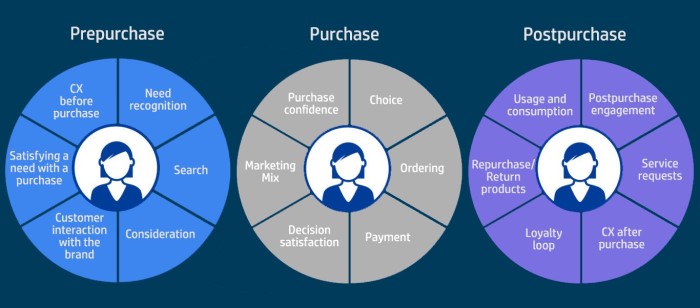
Pre-purchase
The first stage, pre-buy, covers all parts of a consumer’s encounter with the brand before finalizing decisions. At this phase, customers know what they want and are looking for possible suppliers. Common touchpoints for customers include ads and promotions, word-of-mouth, email, social networks, official website, and so on. This part can be divided into two subphases:
- Recognition: You shouldn’t conduct a survey at this point because you’ve had minimal interaction with the visitors, but you can examine comments posted on social networks or include a comment button on your website. It’s valuable to know why specific buyers never approach your company but instead go to your competition.
How to measure: Concentrate on forum comments and social media feedback tools. Some text analytic solutions help you monitor these responses, which you may use to evaluate this subphase of the customer journey. You can also track your market Share of Voice (SOV), as well as the number of visitors to your website. - Consideration: At this time, people are actively investigating multiple brands and exploring alternatives. They might contact your client support and sales force to share feedback about their online experience.
Shoppers may not decide to purchase your products, but they could be pleased with the whole service. If a potential customer lands on your website, you can use an exit popup to seek comments, such as “Did you find what you were looking for?” If the buyer contacted customer support during this subphase, you could offer him a Customer Satisfaction Score assessment to learn how the interaction went.
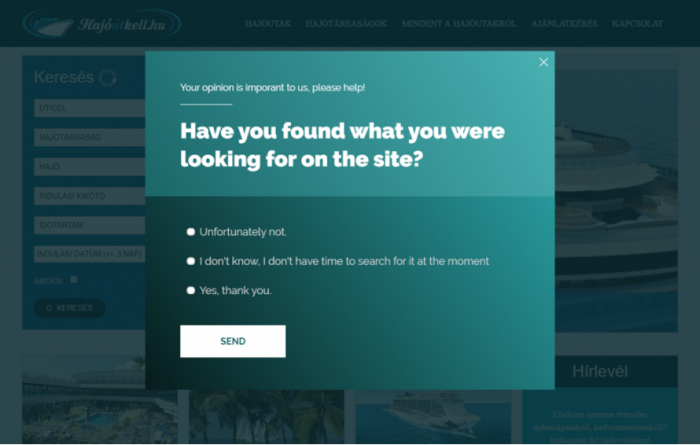
Source
How to measure: Track organic keyword traffic (mainly centered on your brand or product), direct website traffic, and retail shop footfall.
Purchase
The second stage includes all engagements buyers have with a brand during the purchasing process. Companies, particularly those in retailing, focus heavily on this customer experience segment because it’s where the cash transactions happen. That’s why in-store consumer experience (shop design, visuals, customer service agents) is often the most researched and measured in most companies attempting to deliver the best shopping experience.
During the purchasing stage, other forms of touchpoints could be a company website, trade events, packaging design ideas, salespersons, and so on.
How to measure: The two main pointers recommended to track and analyze for this stage of the customer journey:
- Customer Satisfaction (CSAT): Customer Satisfaction is users’ mean or average satisfaction score for a particular experience. It is often measured by an automatic questionnaire that invites customers to evaluate an activity such as returning products, a customer service session, or a registration process. The scale usually varies from 1-5 or (in words) ‘Very Satisfied’ to ‘Not at All Satisfied.’
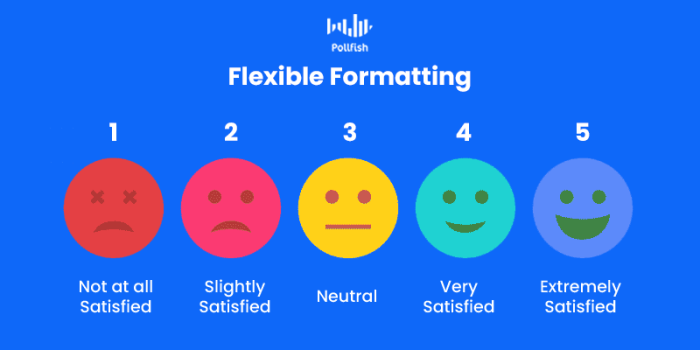
CSAT is an effective indicator based on users’ initial reactions to a product/service experience. Therefore, many organizations aim to acquire a CSAT score within 30 minutes after the customer uses the product/service.
- Customer Effort Score (CES): Customer effort score reflects the effort required by the consumer to complete an action. This engagement could be as essential as searching for a particular product or as complex as addressing a technical problem. It is often assessed on a predefined scale via an automated post-interaction form. For example, you could ask, ‘How hard was it for you to solve this problem?’ and the answers could range from ‘Minimally hard’ to ‘Very hard.’
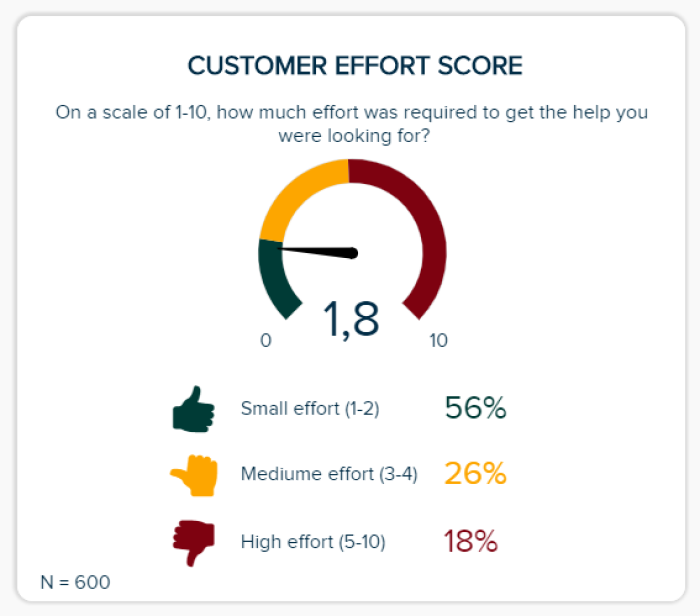
CES surveys are excellent for identifying whether or not removing particular bottlenecks in the customer journey improves the total user experience. Customers expect a quick and painless response to any issues they may have with your company, making an effort the ideal indicator for tracking change. It is often used by SaaS businesses to assess their customer onboarding process.
Post-purchase
The final phase includes all encounters consumers have with a brand following the purchase of their goods/services. However, many brands often neglect this step.
Much of the investment, loyalty, and hard work that went into driving the sale is thrown away due to inadequate post-purchase buyer experience. Common touchpoints during this phase are interaction with the customer service staff, discussion boards, newsletters, rewards programs, social networks, and others.
This phase can also be divided into three subphases:
- First Usage: Customers probably use your products, but they may not have contacted support for assistance or feedback. That’s good because it means they figured everything out, but you should still check how they’re doing by sending out some well-timed surveys. Give it a few days before asking them if they are having any trouble. It’s recommended that you email them a guide/tutorial on all the ways they can benefit from using your product/service shortly after the purchase. Providing self-help resources and tutorials should be an essential part of your content marketing strategy.
How to measure: Customer satisfaction surveys (CSAT) can be tailored to various unique use cases. - Retention: Customer retention represents a brand’s ability to keep customers for a set amount of time. By Invescp’s calculations, the probability of selling to an existing customer is 60-70%, while the probability of selling to a new prospect goes only to 5-20%.
Clients who return to continue buying from or otherwise do not move on to another brand have a high customer retention rate. The power of a company to attract and keep consumers is tied not only to its offer but also to how it services its existing clients and the value the consumers feel as a result of using the products/services.
How to measure: The best indicator of retention is Customer Churn Rate. It shows how many people stopped purchasing from your company or canceled their membership in a certain period. The basic churn rate is determined by dividing the number of users lost in a given time by the number of users at the beginning.
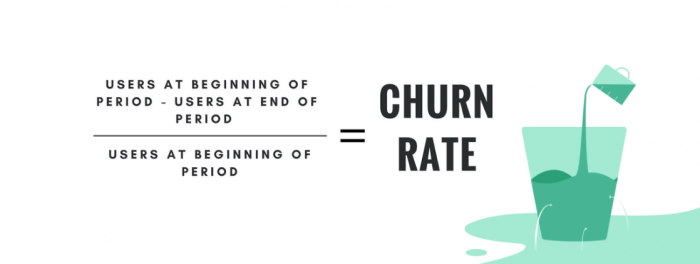 Source
Source
Besides Churn Rate, consider Customer Lifetime Value (CLV), customer service ticket volume, return visitors, visit frequency, and session duration.
- Advocacy: If your customers are happy with your services, they will spread the word about your company and become brand advocates. Word-of-mouth recommendations account for 90% of consumers’ purchase decisions. At this subphase, it’s merely an issue of sustaining your product’s quality. However, if you want to go further, you can seek alternative ways to grow your business by introducing new product services that will benefit your clients even more.
How to measure: Besides monitoring social expressions and implementing affiliate tracking and referral codes, the main post-purchase customer experience pointer is the Net Promoter Score (NPS). It shows the percentage of your clientele who would recommend you to others (friends, family, or coworkers).
It is also the simplest metric because it is usually determined by asking: On a scale of 1-10, how likely are you to recommend [company] to a friend or coworker? Users are then divided into three groups based on their answers:
- Promoters (scores 9-10) are your brand’s activists; they will spread the good word around and come to your defense if it comes to a brand crisis.
- Passives (scores 7-8) are satisfied customers but not overly enthusiastic about your company. If they are not cared for, they may be vulnerable to a rival’s offerings.
- Detractors (scores 0-6) are dissatisfied clients who are unlikely to suggest you to their friends and relatives, and they can potentially harm your brand and its image.
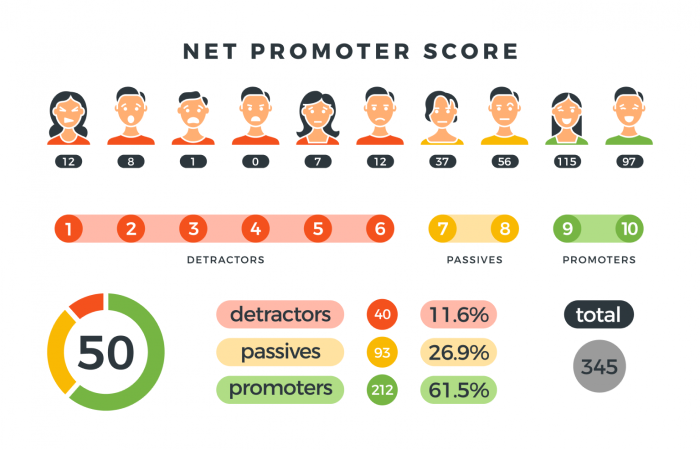
Source
Conclusion
Knowing your touchpoints before, through, and after the purchase process is necessary, but that’s not all. To boost user satisfaction, you must provide an excellent customer experience at all stages and meet consumer needs throughout their journey.
There are numerous consumer touchpoints where you can simply conduct a questionnaire to get input on the shopping experience – just don’t go overboard with them.
Keeping your assessments brief and straightforward and monitoring other relevant metrics is a sure way to build a reputable brand that your satisfied customers will be happy to recommend.

